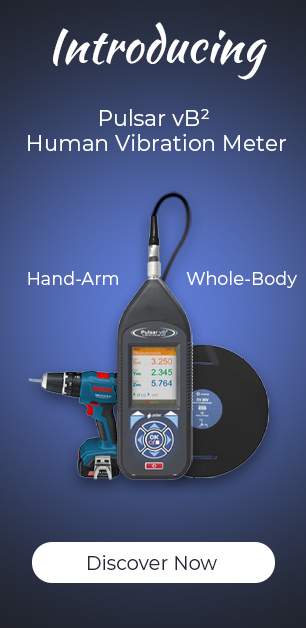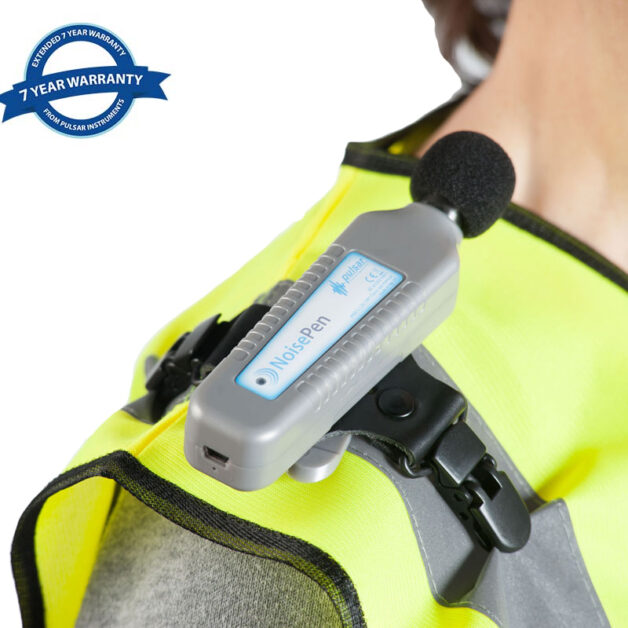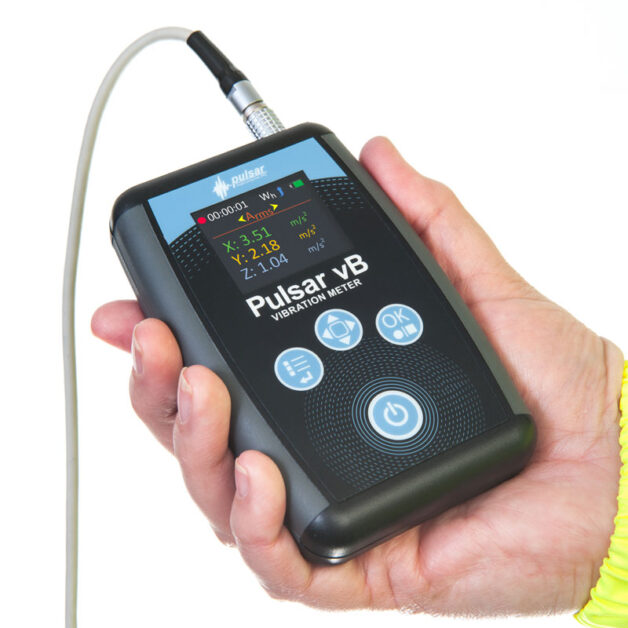What is acoustic shock? (and what’s the impact on the music industry)?
A review of a recent UK Court Ruling of Acoustic Shock injury to one the Royal Opera House’s viola players.
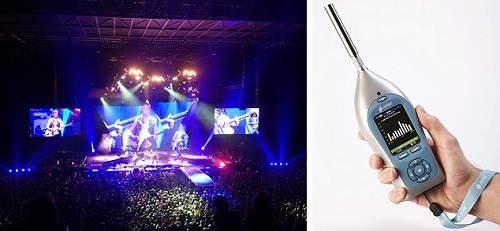
++++
UPDATE 17 APRIL 2019: The Royal Opera House has lost its appeal over the life-changing hearing damage caused to a viola player at a rehearsal of Wagner’s Die Walkure.
The Court of Appeal ruled unanimously that the ROH failed to take reasonable steps to protect Christopher Goldscheider during the 2012 rehearsal. Find out more
++++
UPDATE October 2018: The Royal Opera House (ROH) has been granted permission to challenge a landmark High Court ruling in favour of a musician who suffered hearing loss at a rehearsal. In their appeal the ROH will argue it took active steps to minimise prolonged exposure to high volume noise, having worked with the HSE to produce “Sound Advice” guidance for the music and entertainment sector; implementing control measures such as sound absorption and reflection equipment; and providing musicians with earplugs. It will also claim that the music peaked at a volume “well below” that specified under the Control of Noise at Work Regulations 2005. Royal Opera House to appeal against musician’s hearing loss ruling
++++
Today (29 March 2018) saw a landmark judgement in the case of an orchestral viola player V the Royal Opera House. The judge found for the viola player and awarded a six-figure sum (£750,000 + costs) in compensation for hearing loss from acoustic shock. In the judges summing up, he said there was “No distinction between an opera house and a factory”. This is a case without precedent and could have much wider implications for the performance and practice of live music in the UK.
The viola player, Mr Goldscheider, alleged that whilst participating in a rehearsal for a Wagner opera in September 2012, he suffered from “acoustic shock” in the right ear despite wearing earplugs with 25dB attenuation provided by his employer. So what is acoustic shock?
What is Acoustic Shock
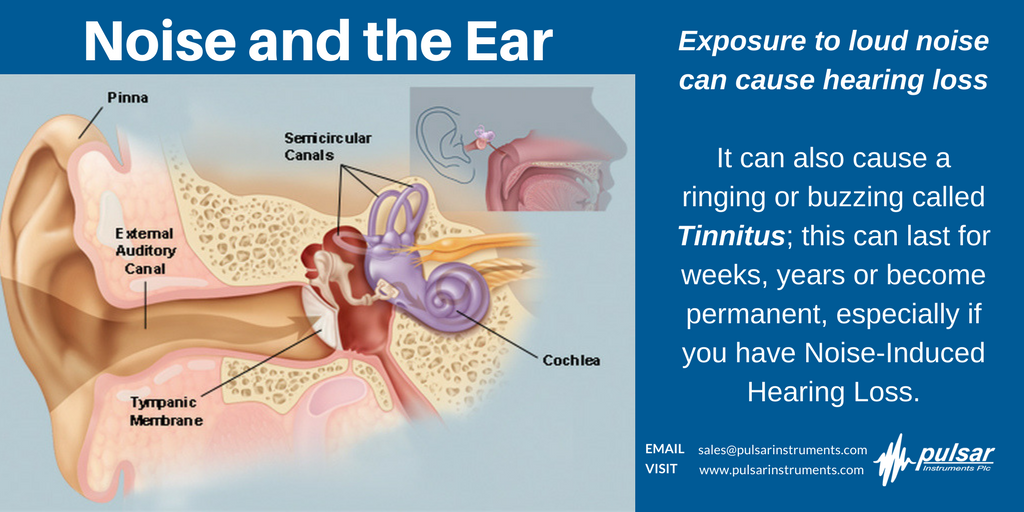
According to the HSE, ‘Acoustic shock‘ is a term used in connection with incidents involving exposure to short duration, high frequency, high intensity sounds through a telephone headset. And therefore is normally reported in call centre operators. It is also however fairly commonly seen in workers in heavy industry where sudden unexpected loud sounds cause an acoustic incident and subsequent acoustic trauma. In both of these cases, the sound has previously been thought to rarely be loud enough or present long enough to cause a noise-induced hearing loss. It’s also the case that the 2005 Control of Noise at Work Regulations is applied stringently and to great effect in these industries. The music industry has been treated differently though; rather than the sound being an unwanted by-product of a process, music is the product itself and the quality of that product is central. Therein lies the challenge; music and live performance must maintain the quality of the product whilst protecting the health and well-being of the musicians making it.
Two other conditions are associated with this kind of acoustic trauma, these are Tinnitus and Hyperacusis. Hyperacusis a sometimes uncomfortable and painful condition that affects how a person with noise-induced hearing loss perceives sounds. For instance after damaging their hearing a person might become more sensitive to certain types of noise which would not normally be a problem for other people, such as fireworks, telephone rings, car horns and other loud noises. According to the British Tinnitus Association Tinnitus is the term for the sensation of hearing a sound in the absence of any external sound. Symptoms of tinnitus are you may hear different types of sound, for example, ringing, whooshing or humming or buzzing in the ear. These can be continuous or they can come and go.
Noise exposure risks during practice and performance
In reporting of this case, it appears The Royal Opera House was aware of the risks posed by exposure to performance sound, having worked closely with the HSE to produce “Sound Advice” the guidance for control of noise at work in the music and entertainment sector. It had experimented with numerous sound absorption and reflection products over the years and introduced effective protection for the musicians through the wearing of earplugs whenever the music was loud (and they did not need to hear the music being produced). The protection afforded did reduce Mr Goldscheider’s noise exposure to below the level of possible injury, but despite this, it was suggested that further measures should have been implemented (in accordance with the Noise Regulations) including compulsory hearing protection, eliminating the noise at source (i.e. the instruments themselves), introducing further decibel reducing products and most radically, to move the orchestra out of the Royal Opera House. It was Mr Goldscheider’s case that under the Noise Regulations, measurement of sound levels for completion of the risk assessment should have been undertaken during rehearsals.
The legal acceptance that acoustic shock is an issue for musicians, and can occur at levels of exposure as low as 82dB, (a lower level than that found in many pubs and restaurants for example), poses a lot of questions for employers and the HSE. Those employers who have already taken action to protect their employees from long term exposure to excessive noise and the possibility of noise-induced hearing loss will have to consider whether instantaneous exposure below the levels in the regulations could also result in foreseeable acoustic injury to their employees.
Pulsar Instruments has helped several entertainment venues help manage their noise impact in the past including English National Opera and Leeds Direct Arena, we have also reported extensively in previous blogs about the risk to musicians and other workers in the entertainment and hospitality industries.
You might also like:
Pulsar Instruments Plc’s other blogs on about noise in the music and entertainment industries.

